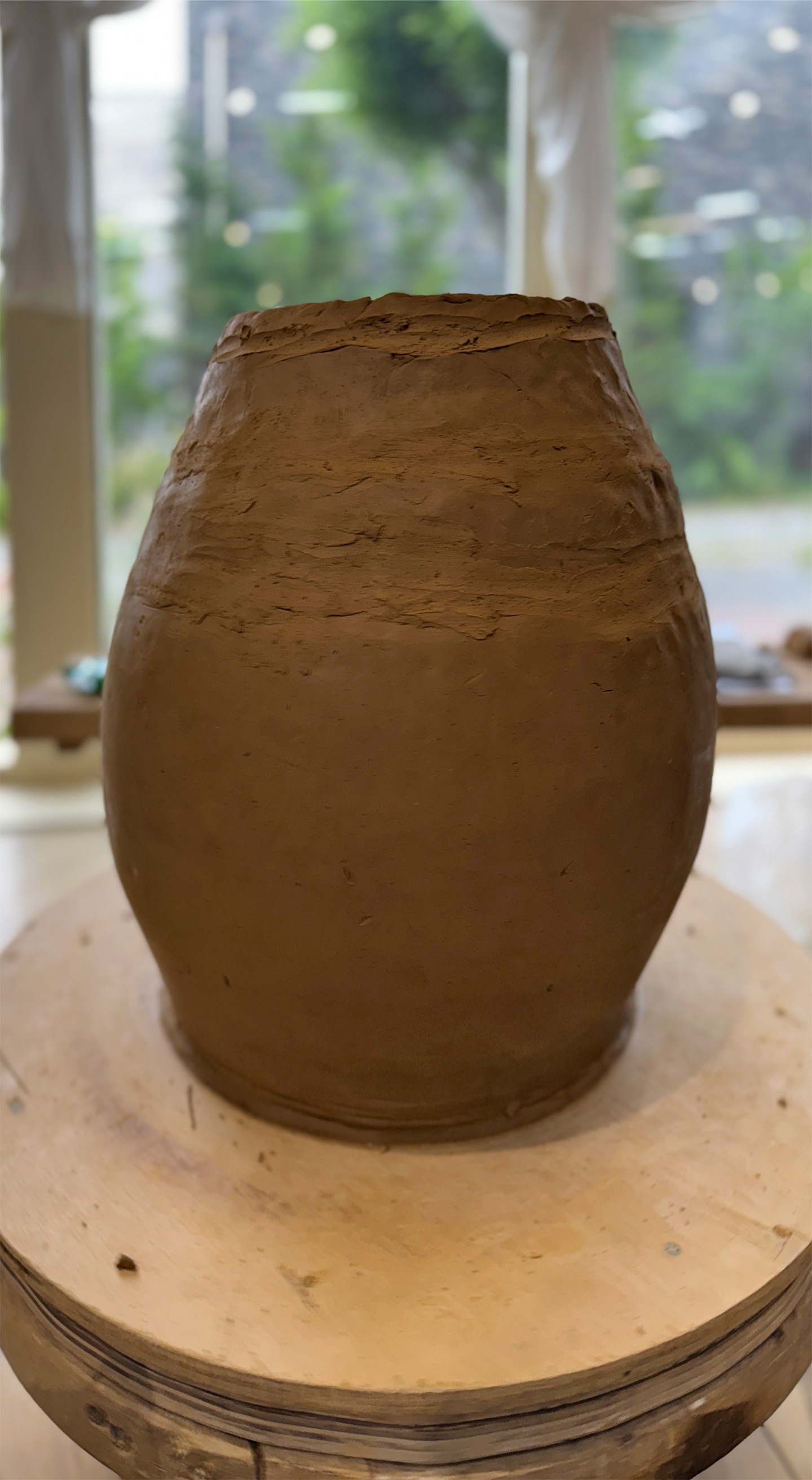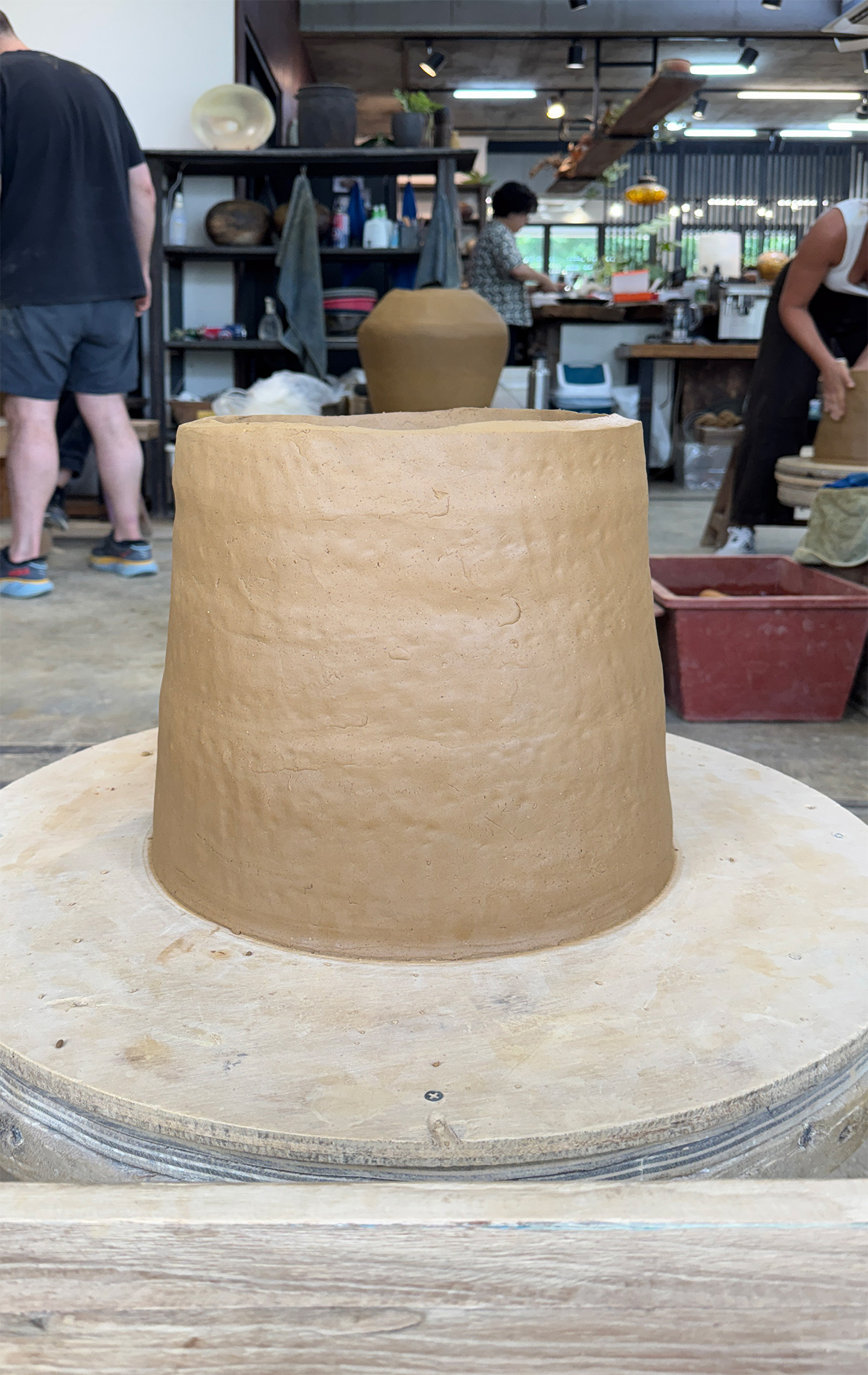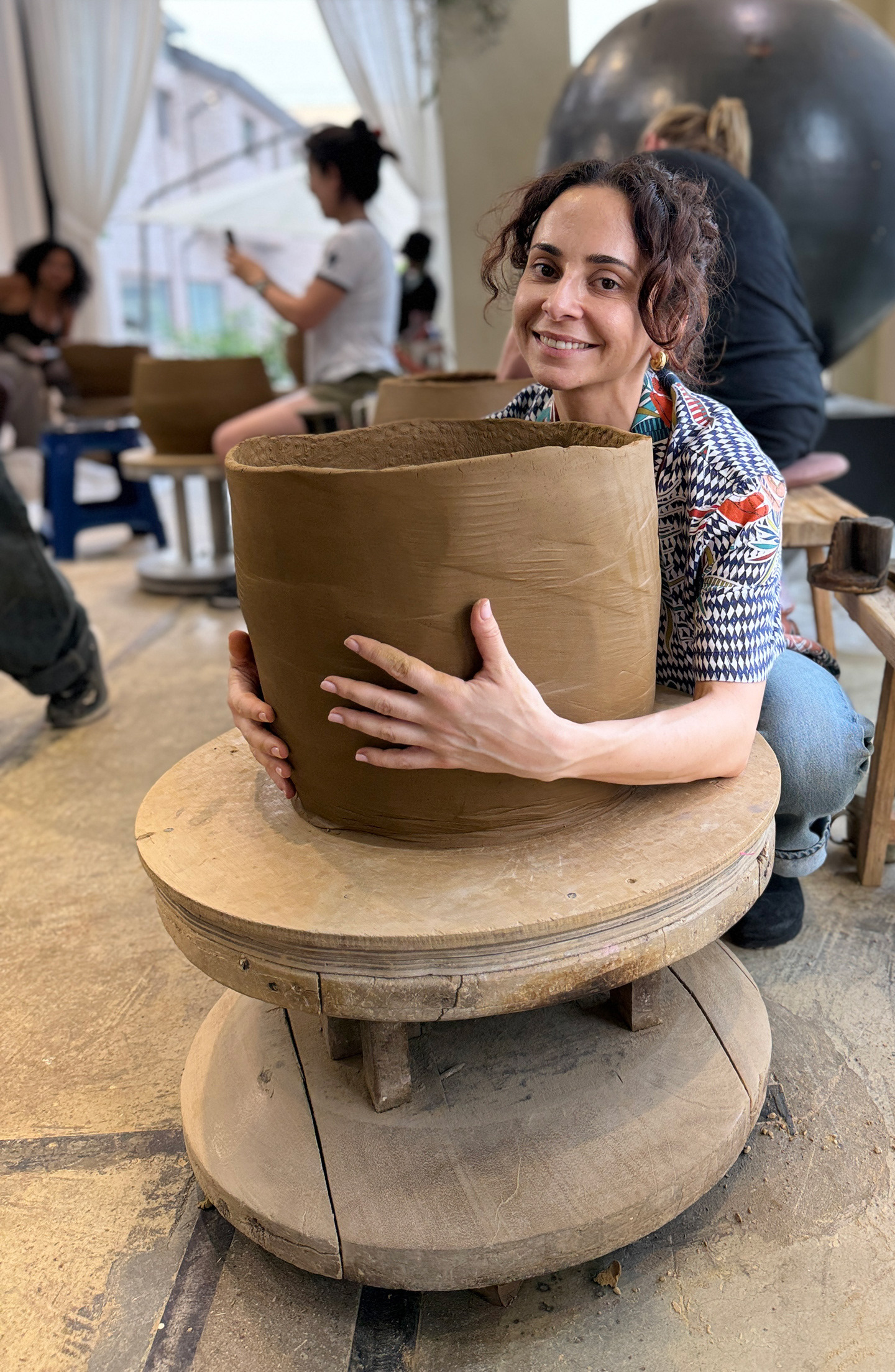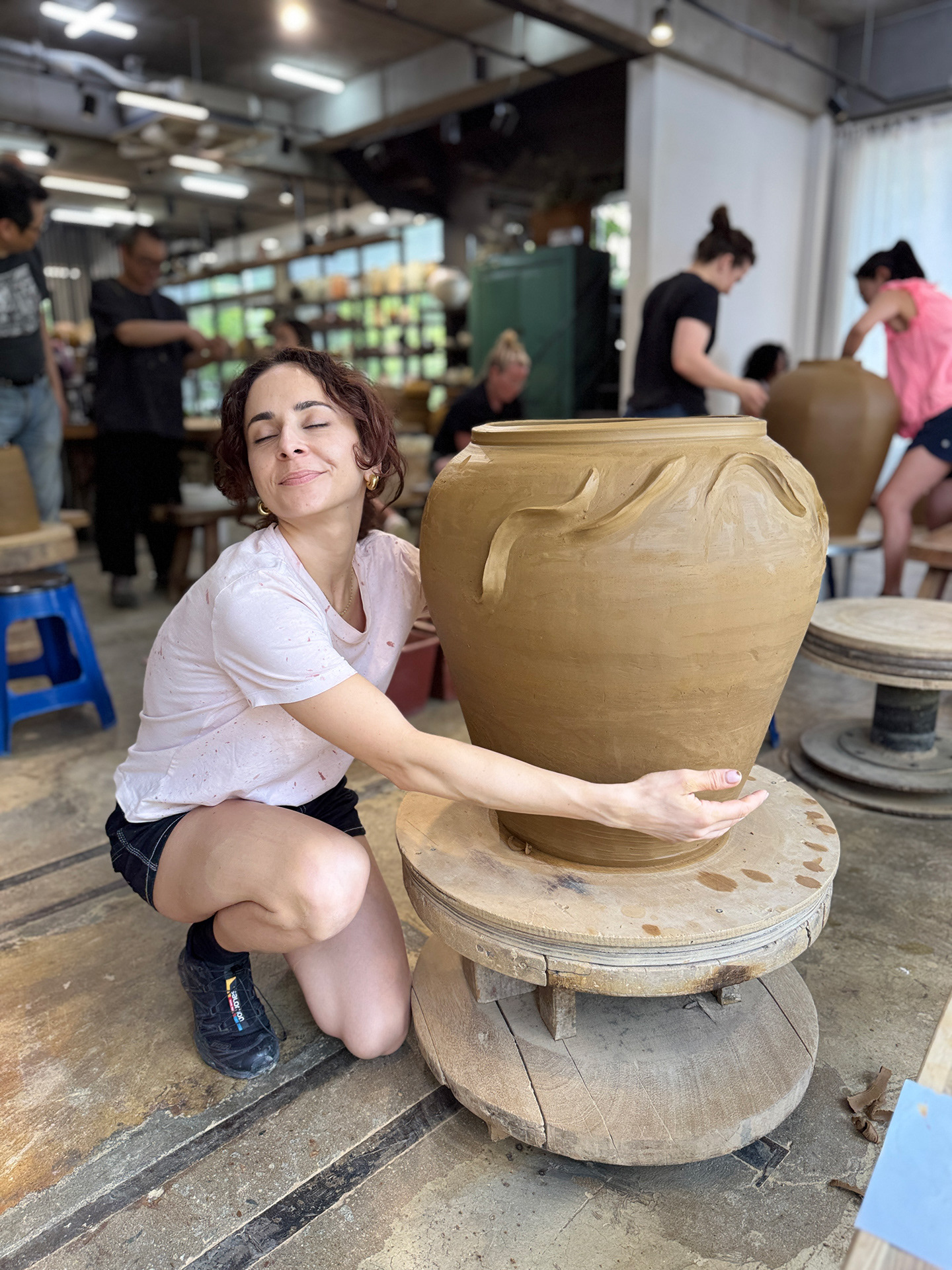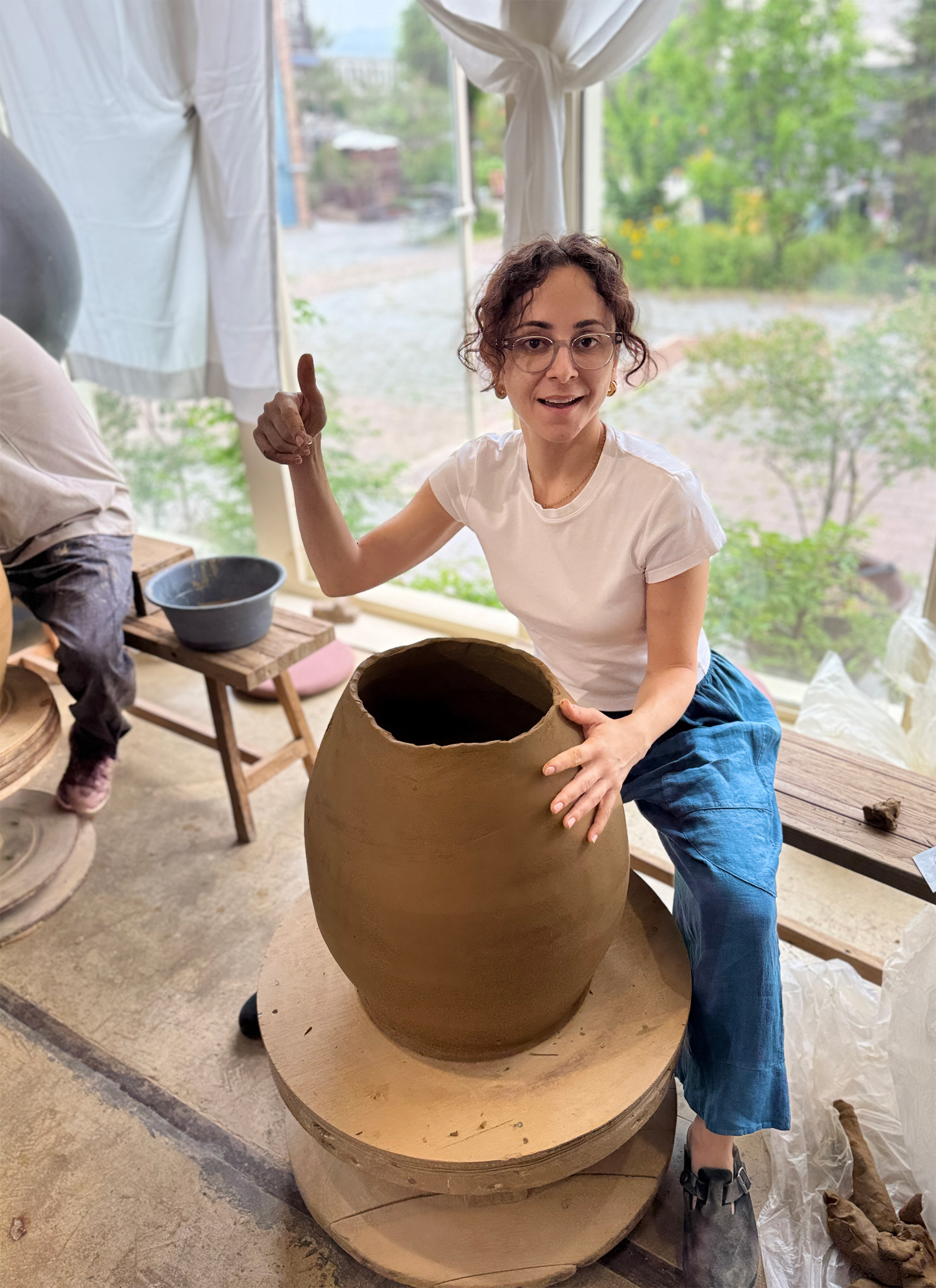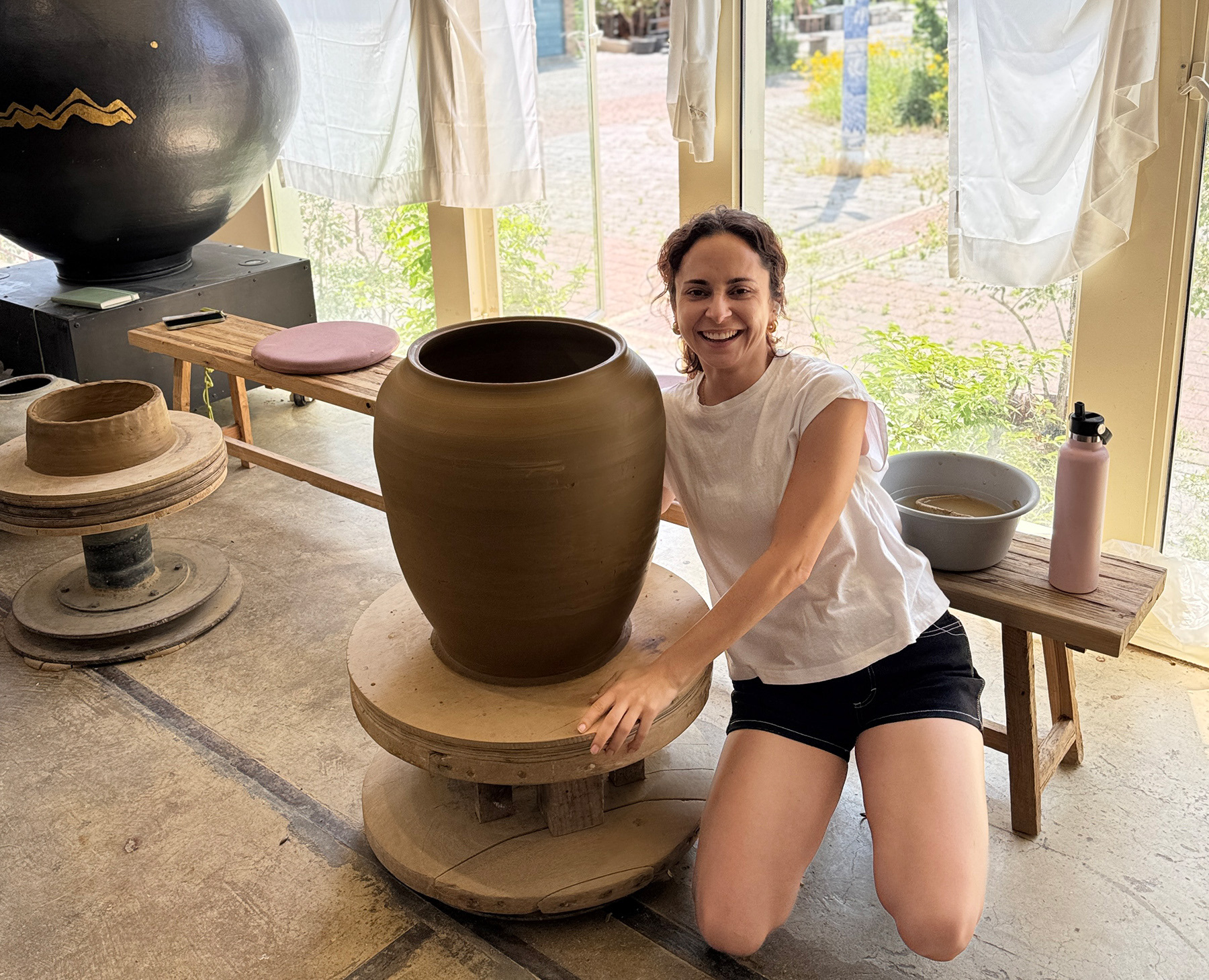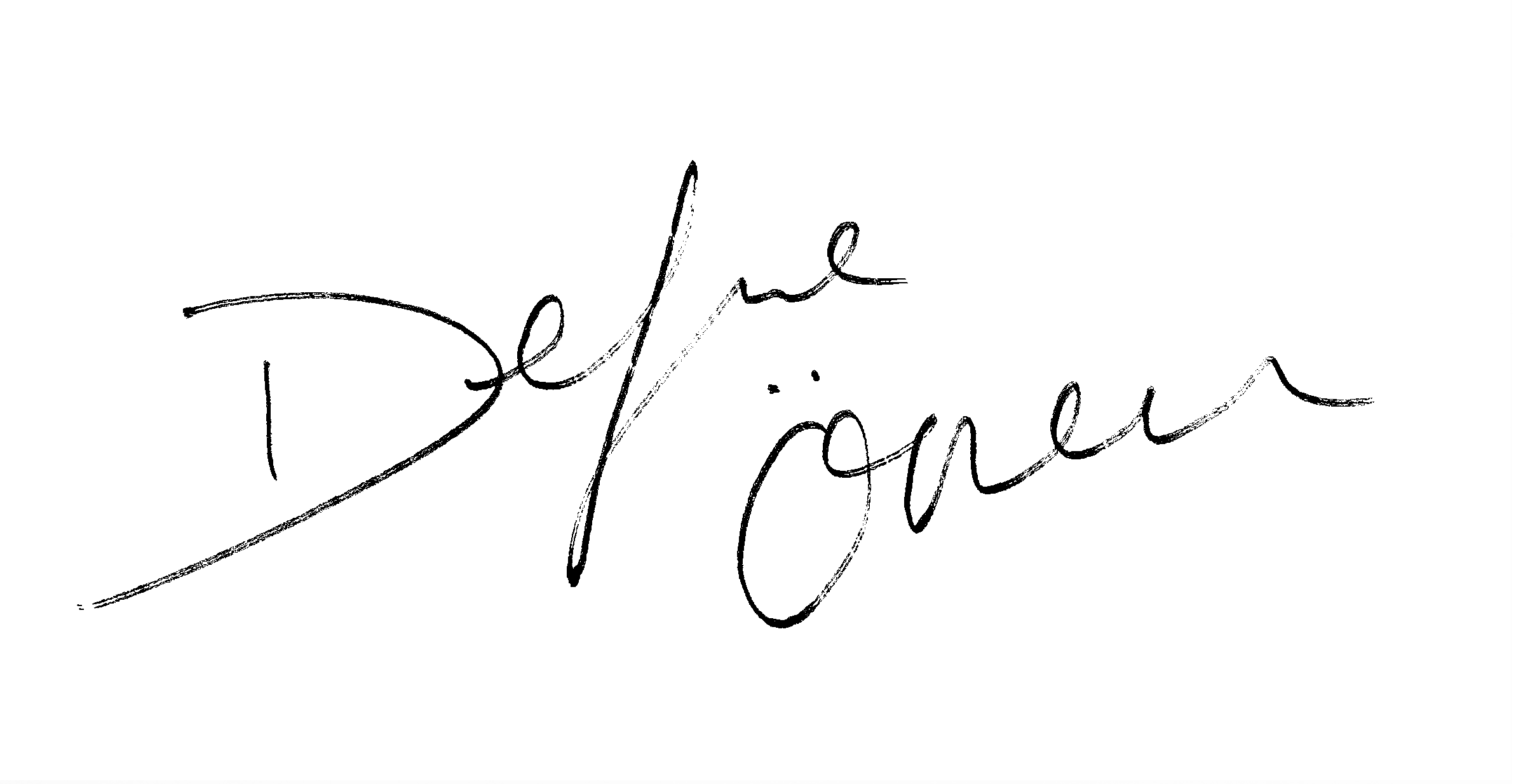The traditional Korean onggi jar deeply resonates with me. Its shape and function closely echo the ancient amphorae used throughout Greek and Roman civilizations, forms that are found all over Turkiye, where I’m from.
The Koreans traditionally used the onggi to ferment foods like kimchi, the shape, size and design was born out of necessity and for daily life. The Greeks and Romans also used the amphorae to cater to their daily life, to transport olive oil and wine across the ancient world. I like to think of the onggi jar and the amphorae as a vintgae glass pyrex storage dishes.
Sadly, the amphorae is no longer actively produced in Turkey or Greece. That’s one of the reasons I traveled study the onggi shape and the coil making technique during a 12-day masterclass with Kwak Kyung Tae and his apprentices in Incheon, South Korea. Through this experience, I immersed myself in traditional Korean ceramics and traditional handbuilding methods, learning the physical rhythms and cultural depth behind these remarkable jars.
Below you'll see images of three my final pieces and one group image of all the finished pieces created at the masterclass.
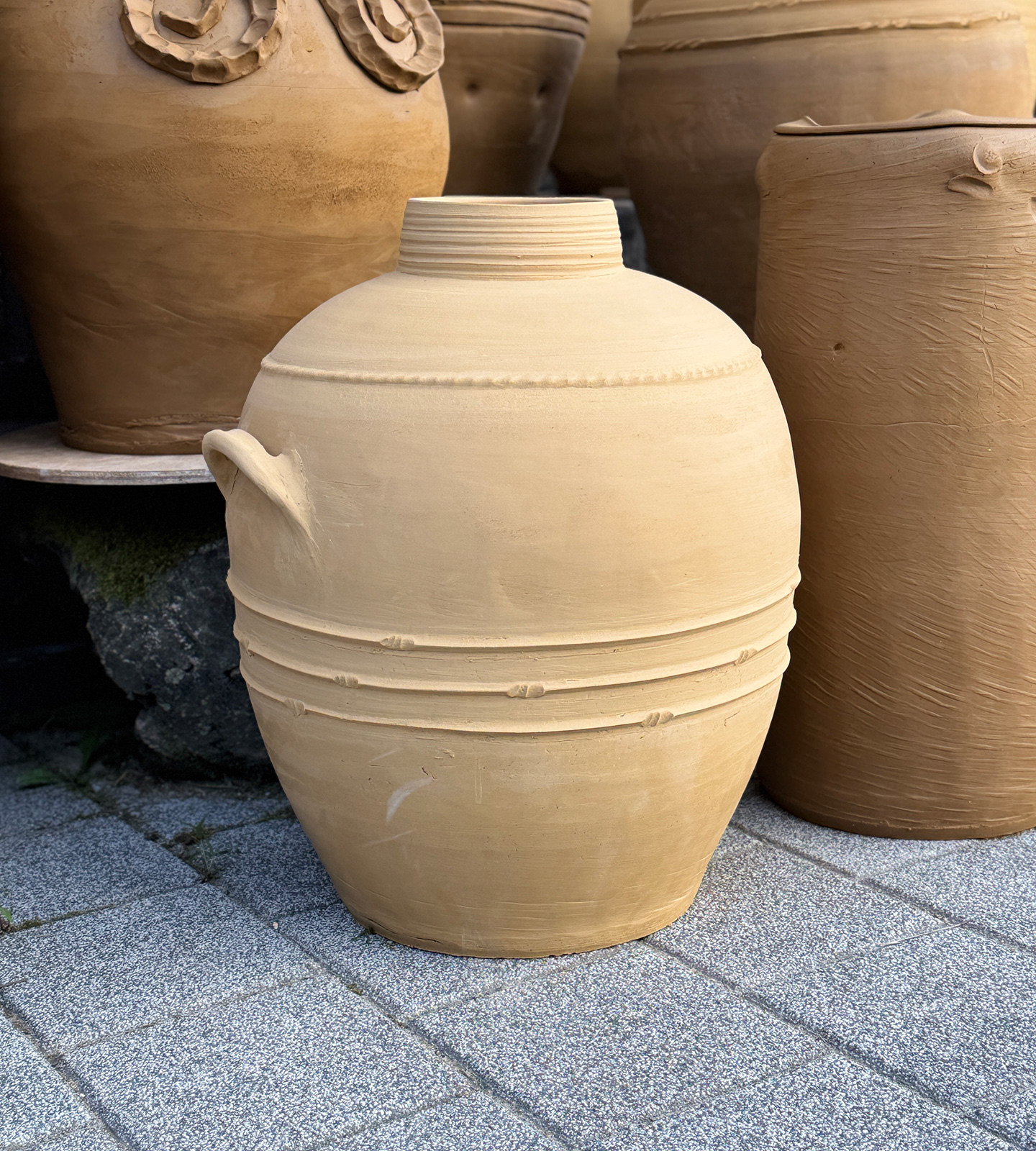
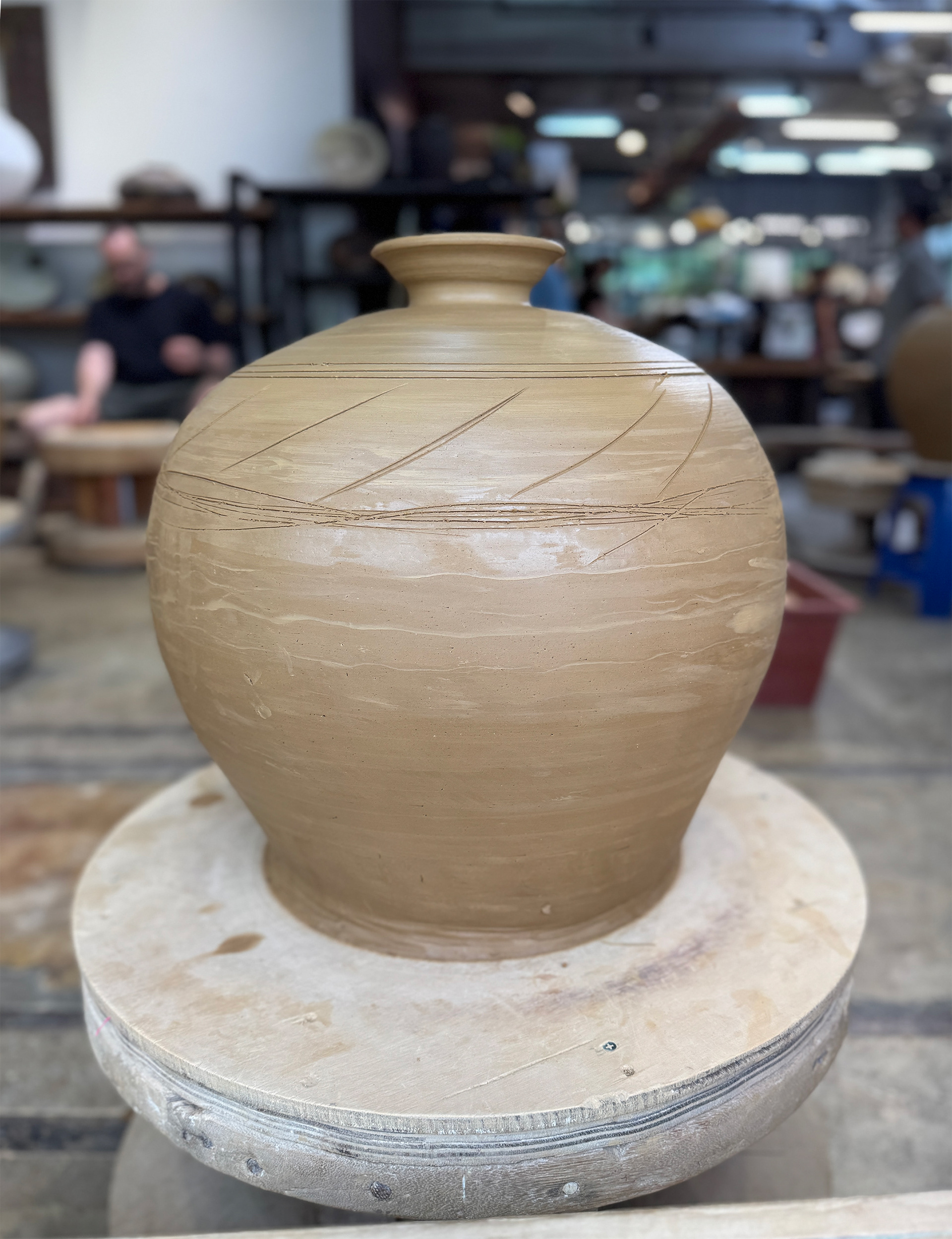
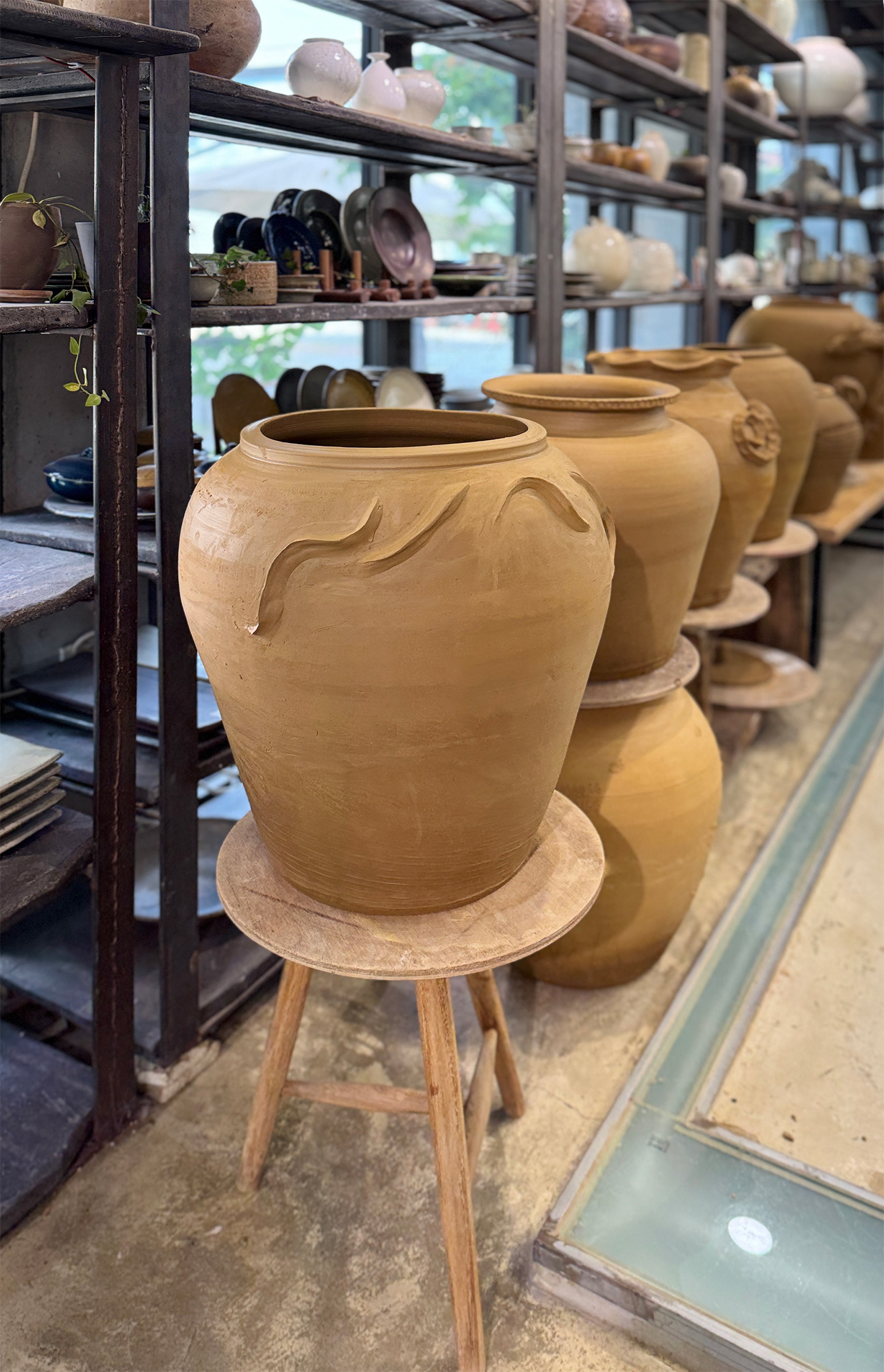
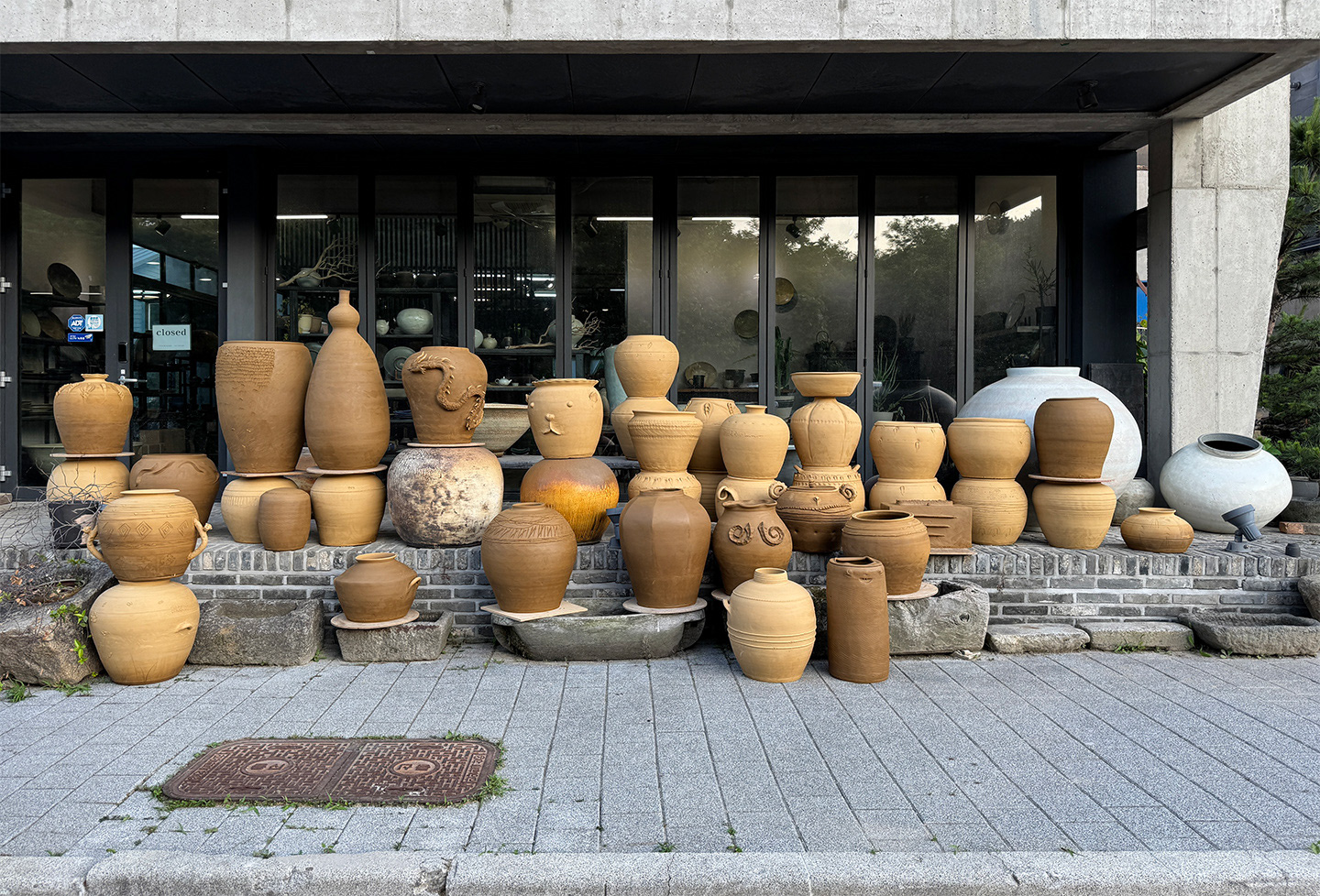
Below, you'll see my pieces at various stages of the onggi making process, and me hugging them.
